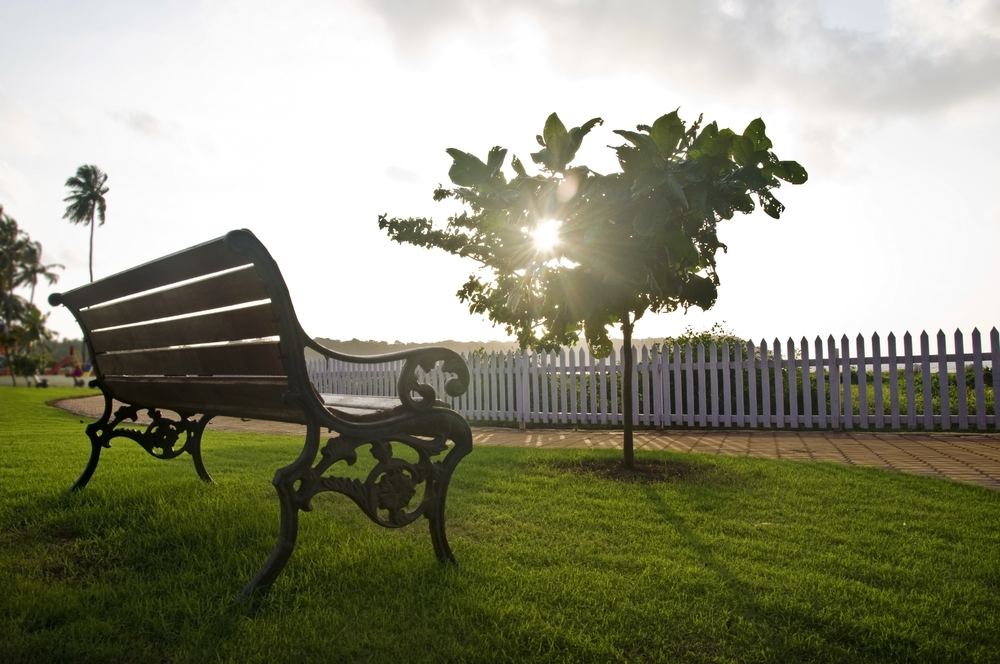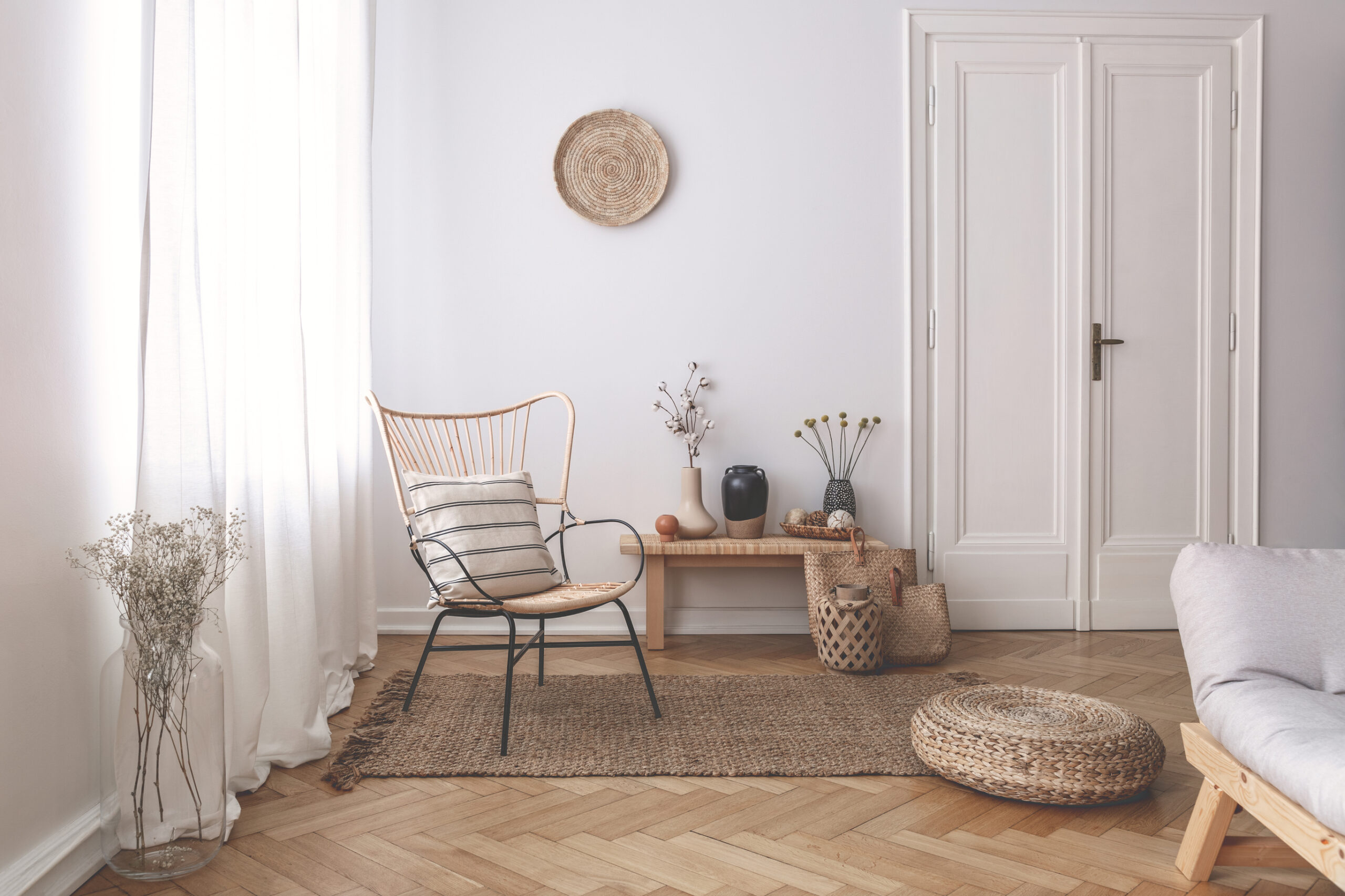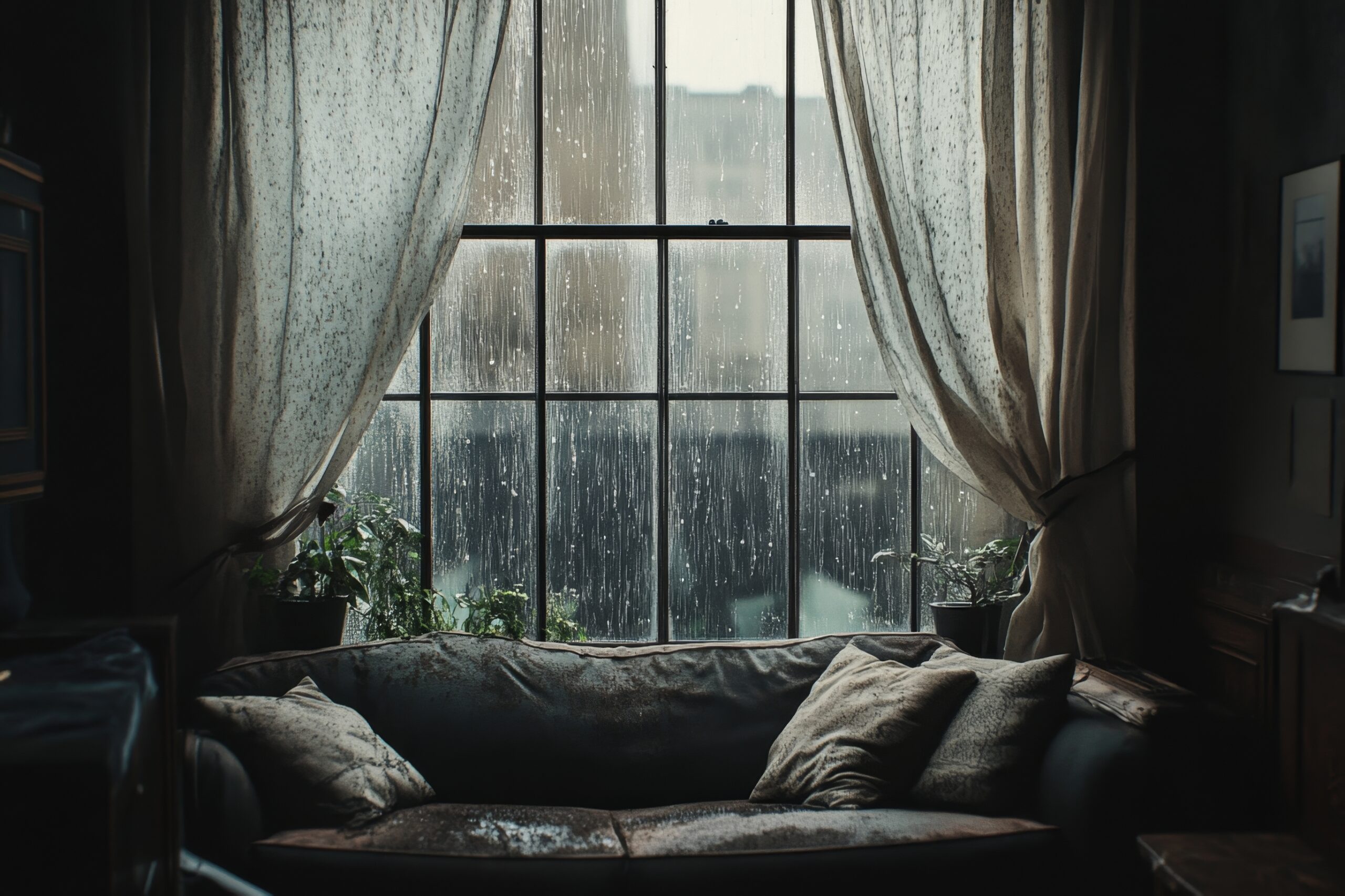When you think of a great public space, what comes to mind? It’s likely not just the architecture or landscaping, but how that space feels — how it reflects the people who live there, invites social interaction, and celebrates local culture. That’s where street furniture steps in. Far from being purely functional, well-designed public elements like park furniture and commercial outdoor benches play a critical role in placemaking — helping to shape community identity and foster a sense of belonging in Australian cities.
What is Placemaking and Why Does It Matter?
Placemaking is the process of designing public spaces that promote people’s health, happiness, and well-being. It goes beyond aesthetics or urban planning alone. At its core, placemaking is about creating meaningful, inclusive spaces that reflect a community’s character and invite interaction.
In this context, street furniture becomes more than a convenience — it becomes a canvas for cultural expression. Whether it’s a locally-inspired bench, a sculptural seating pod, or artistic lighting, these elements influence how people connect with their surroundings and each other.
Street Furniture as a Storyteller
Every suburb, town, or city has a story — and design elements in public spaces can help tell it. Customised park furniture is increasingly being used across Australia to reflect Indigenous heritage, honour local figures, or celebrate community achievements. This might take the form of engravings, colour palettes, materials, or forms that echo the natural or historical environment.
For instance, some councils are incorporating First Nations motifs into public seating or using recycled timber from local landmarks to craft new installations. These thoughtful design choices create an emotional connection with the space, making it feel familiar, welcoming, and uniquely “home.”
Creating Community Through Functional Design
Public seating encourages rest, conversation, and observation — key ingredients for spontaneous social encounters. Installing commercial outdoor benches in pedestrian zones, near playgrounds, or within transport hubs does more than offer a place to sit; it signals that people are welcome and valued in that space.
This type of streetscape furniture also supports accessibility and inclusion. Properly placed benches can improve mobility for elderly citizens or people with disabilities, helping everyone participate in daily community life. Likewise, the use of weather-resistant materials, ergonomic designs, and shading elements supports comfort and encourages longer visits to public areas.
Branding Through Built Form
In many Australian cities, urban furniture is also becoming a part of local branding. Councils and developers are collaborating with urban designers to create signature looks through consistent design motifs in seats, bins, bike racks, and wayfinding signage. Think of Melbourne’s bold geometric seating along Southbank, or Brisbane’s timber slat benches with custom brass inlays — both visually distinct, both instantly recognisable.
When public spaces maintain a consistent and intentional visual language, it reinforces a city or suburb’s identity. It builds civic pride and sends a strong message about community values, from sustainability to heritage preservation.
Encouraging Use Through Comfort and Flexibility
People naturally gravitate toward spaces that are comfortable, safe, and accommodating. That’s why modern outdoor benches are designed not just for durability but also for social interaction. Curved seating arrangements, armrests, shared tables like picnic settings, and shaded options all encourage people to gather, linger, and engage.
Flexible modular designs are also gaining traction in urban parks and civic areas. These allow councils to adapt layouts for events, seasons, or evolving public needs — creating a dynamic and responsive approach to placemaking.
Designing Identity One Bench at a Time
The role of street furniture in public spaces extends far beyond utility. From inviting connection to reinforcing cultural identity, these small but powerful design elements shape how communities interact and how cities present themselves to the world. In particular, thoughtfully designed park furniture and well-placed commercial outdoor benches have a lasting impact on how public places are used, remembered, and loved. Whether it’s telling a local story, supporting accessibility, or strengthening a city’s visual identity, the design of public furniture plays a quiet yet powerful role in making Australian cities more liveable, inclusive, and proud of who they are.






